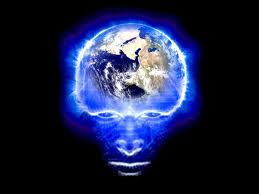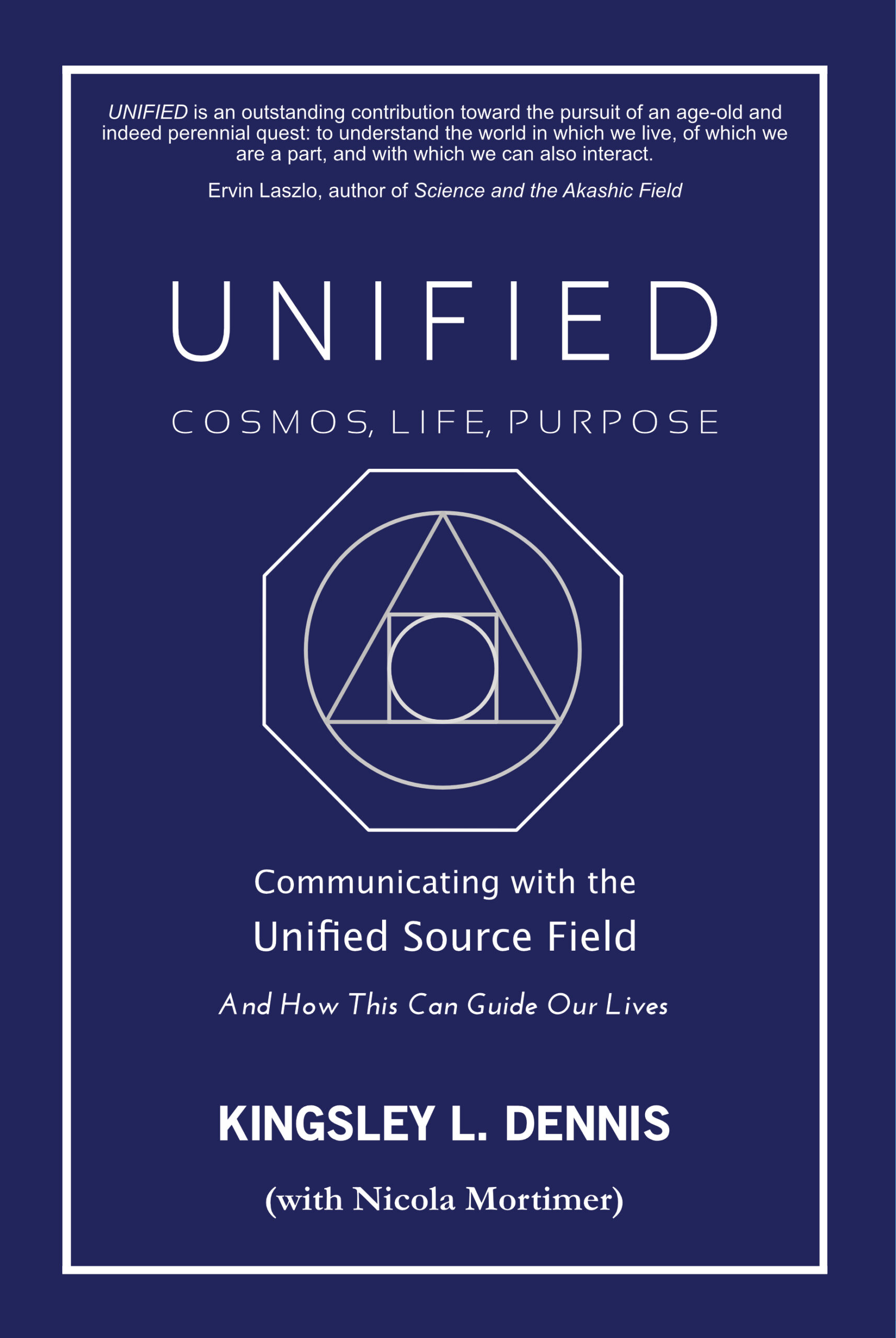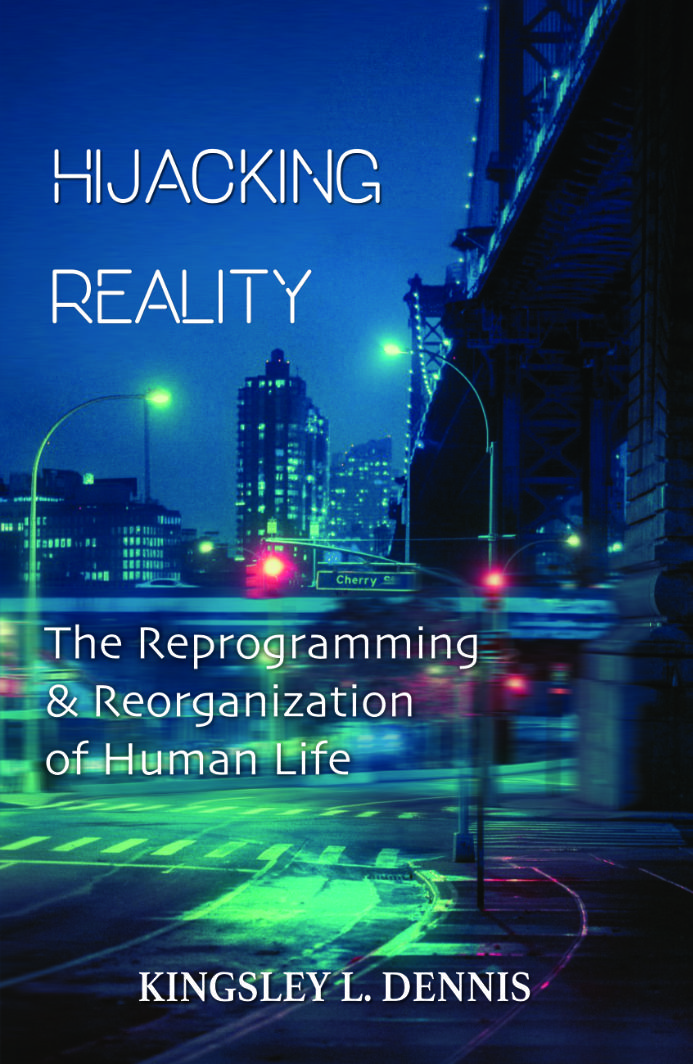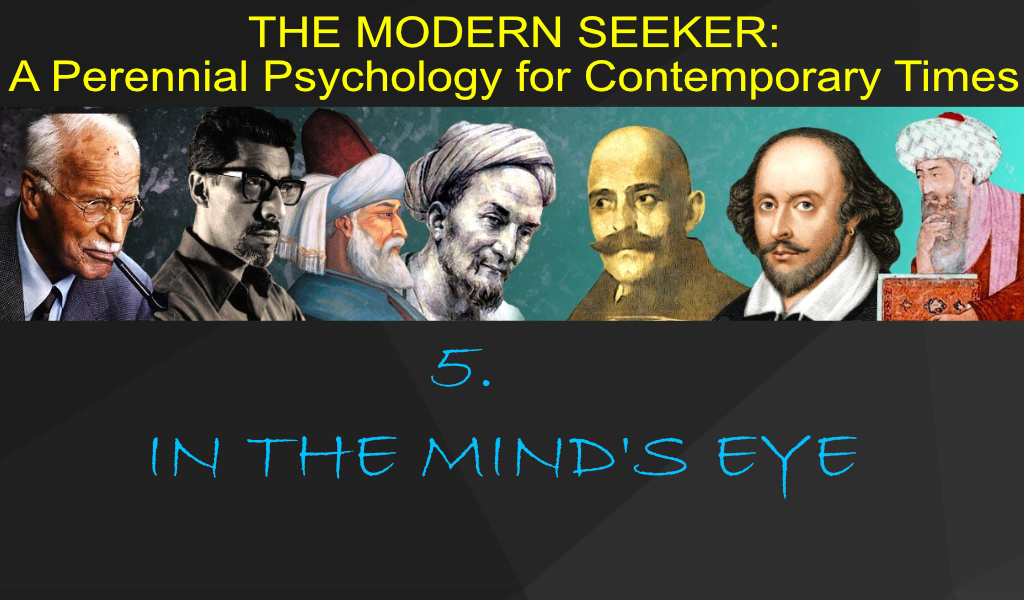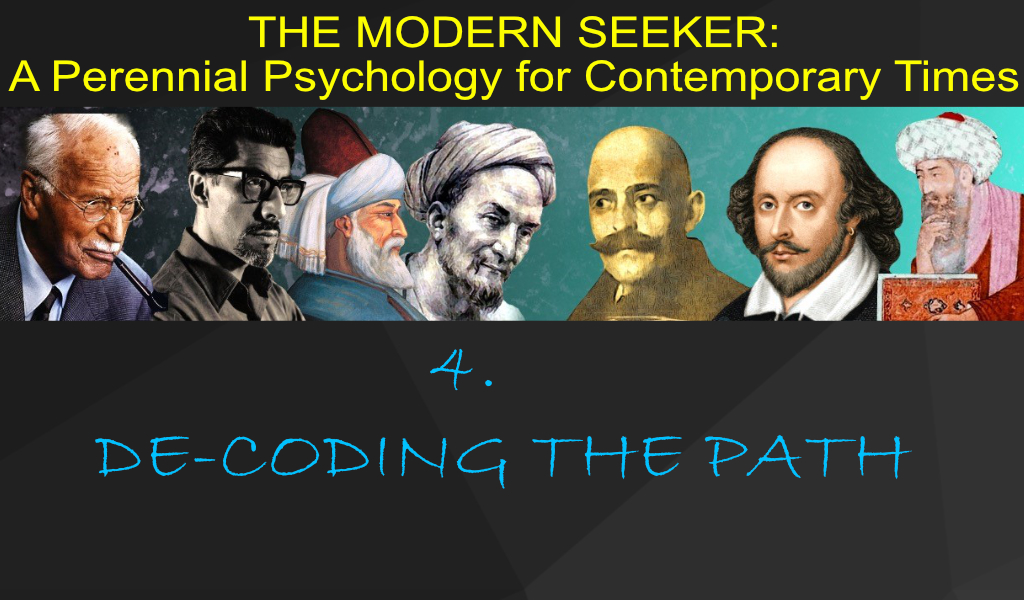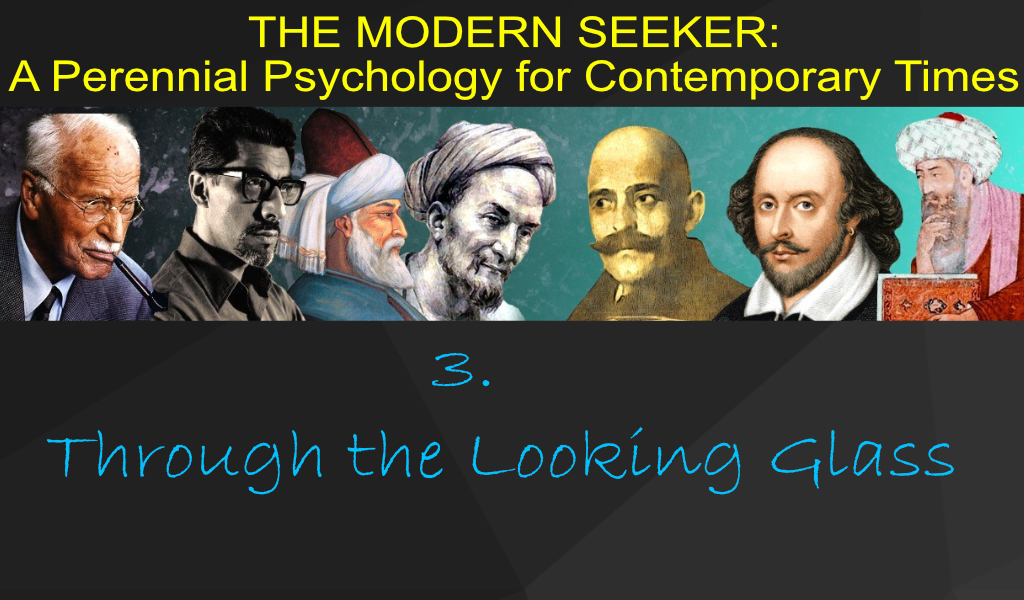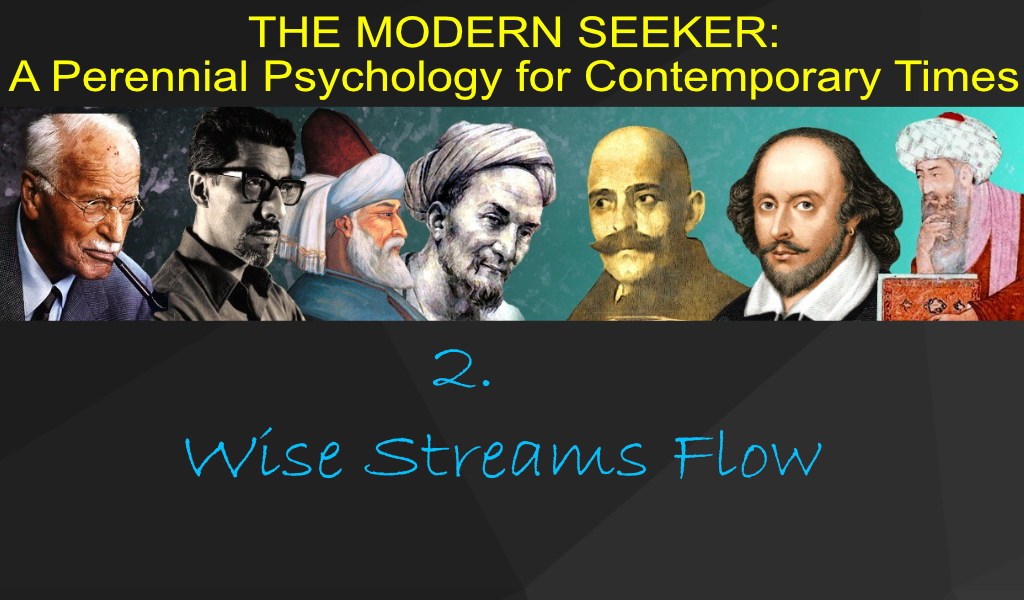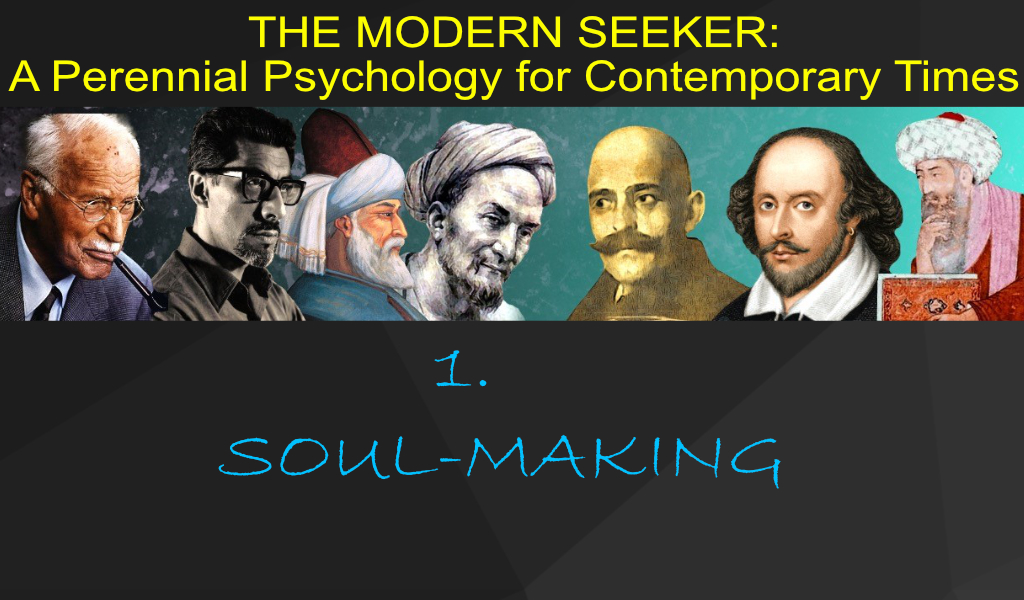The half a century from the 1950s to the end of the millennium began with a human howl for substance and inner searching. The poet Allen Ginsberg portrayed this inner rage with his famous poem Howl:
I saw the best minds of my generation destroyed by madness, starving
hysterical naked, dragging themselves through the negro streets at
dawn looking for an angry fix, angelheaded hipsters burning for the
ancient heavenly connection to the starry dynamo in the machinery of night.
The search for the heavenly connection came through a sporadic surge for experimentalism, for opening new horizons, sometimes creatively, other times throwing caution to the wind. In some instances it manifested as a hedonistic mix of intoxication, exuberance, and illumination, as in the Beat Generation and the creative expressions of Jack Kerouac, Allen Ginsberg, and William Burroughs. Other times it was channelled through the new growth of interest in Buddhism and ecology as through the work of Alan Watts, D.T. Suzuki, and Gary Snyder. A western counterculture was now emerging through the newfound popularity of eastern teachings (Buddhism, Taoism, Sufism, etc), and the experimental playfulness of mind-altering processes. The zeitgeist of the age can be seen through the psychologist and counterculture guru Timothy Leary’s famous dictum: Turn On, Tune In, Drop Out. Significantly, during this period of experimental cultural expression a new form of psychological consciousness was being explored. Through psychoanalysis and the theories of Freud, who had historicized sexuality and exposed notions of self-esteem and the inferiority complex, the 50s and 60s opened up new areas of self-evaluation. People were increasingly exploring their own feelings, self-reflection, and the interior gaze. Timothy Leary was right to suggest that the new era had shifted to ‘the politics of the nervous system’. Likewise, Theodore Roszak, in The Making of a Counter Culture (1968), noted that sociology had given way to psychology and that the trip was now inward, making everything open to question.
The inward trip during the 60s and 70s was popularized by the experimentation with psychoactive fungi/mushrooms, largely given exposure in the US by the ethnobotany of Robert Gordon Wasson. This later materialized into experimentation with the once-legal drug LSD (lysergic acid diethylamide) that was initially synthesized by Albert Hofmann and popularized by the antics of Timothy Leary, and Ken Kesey and the Merry Pranksters, amongst many others. In the 1970s the anthropological research and writings of Terence and Dennis McKenna were gaining a wider readership in their sober assessment on the role of psychedelic drugs in society. This search for non-ordinary states of consciousness also led to many westerners seeking out a shamanic training. Perhaps most popular during the late 60s and through the 1970s were the various books of Carlos Castaneda which described the authors apprenticeship with the shaman known as Don Juan. The market place was open for experimenting with human potential, as was evidenced by the popularity of the Esalen Institute, founded in Californian in 1962, that offered workshops on such subjects as meditation, Gestalt, yoga, ecology, psychology, spirituality, and holotropic breath work. Transpersonal psychology became a defined field with the publication of the Journal of Transpersonal Psychology; notable names in this field included Abraham Maslow and Stanislav Grof; and later Ken Wilbur; Charles Tart; Stanley Krippner; Claudio Naranjo; and Oscar Ichazo.
Interest in transpersonal issues, of interior realms, and metaphysics opened the door to a dramatic surge in a form of spiritual beliefs quickly labelled as ‘New Age’. These included life after death; past lives; angels; auras; channelling; divination; crystals; I-Ching; spiritual healing; prayer circles; holism; organic foods; spirit guides, etc. Sacred Sexuality too became a focus with people connecting with Tantric sex, Taoist sexual practices, and Native American sacred sex traditions. There was also a surge of interest in the ancient esoteric interests of alchemy, Hermeticism, the Kabbalah, and Gnosticism. On August 16th-17th, 1987, the Harmonic Convergence gathering took place which brought many people together to celebrate the planetary alignment occurring and to facilitate the shift towards a new era on planet Earth.
Planet Earth was now in full focus, especially after the Apollo 11 moon landing on July 20th 1969. The first photos of Earth taken from space seemed to galvanize peoples’ ecological awareness, alongside Rachel Carson’s 1962 environmental classic Silent Spring. The ecology movement was spurred by other such notables as Gregory Bateson; E. F. Schumacher; Arne Naess; and Thomas Berry. In 1970 US Environmental Protection Agency was established and the world held its 1st Earth Day. In 1971 Greenpeace was founded; and in 1972 the UN Environment Program was set up. The 1960s and 70s was a period of tremendous change in thinking and attitudes, with the support of feminism, sexual liberation, civil rights, CND, and freedom of expression. Despite the atrocities of the Vietnam War and the assassination of John F. Kennedy, people were still turning on and tuning in to a new energy of change. Large scale gatherings, such as in the music festivals of Woodstock and Isle of Wight, offered a place for community that celebrated a form of neo-tribalism and self-expression. These events later influenced Burning Man, Glastonbury, and other large-scale gatherings now going on worldwide. The power of change brought about the eventual collapse of the Soviet Union and the fall of the Berlin Wall in 1989/90.
By the 1990s the most popular poet in US was the Persian Sufi Jalalludin Rumi; holography and the holographic universe was a new popular paradigm; the left-right working of the brain hemispheres was a popular subject; the Internet was revolutionizing communications; and notions such as the noosphere, Global Brain, and collective consciousness were almost common place. What a revolution of human thought in such a short span of human history! In-between we saw a flurry of artistic and literary movements including, in no particular order: Cubism, Expressionism, Surrealism, Dada, Modernism, the Frankfurt School, stream of consciousness, and many more than will need a book on its own to recount. A phase of immense cultural, mental, and psychological growth has occurred in the last 150 years. As if to mark the shift, a statue of Giordano Bruno was erected in Roman piazza in 1889 at the same spot where he was burned in alive in 1600. Was this a sign that the human mind had begun to awaken?
The new scientific paradigm has come a long way since Newton’s clockwork universe. Consider that the scientific contributions to human knowledge include: quantum physics; quantum biology; biophysics; holography (holographic universe and holographic brain); string theory (multiverses and extra-dimensions); systems theory; systems philosophy; self-organization; non-equilibrium systems; chaos & complexity theory; Implicate order; Morphic resonance; and many more. Science established the Genome Project; works with nanotechnology, and quantum computing. It even produced the first successful genetic cloning, of Dolly the sheep, in Scotland in 1997. Now the virtual world is fast becoming a home for many – the new non-locality – where time-space contracts, and virtual communities play around with digital identities. Despite the dangers of these new technologies, an acceleration of possibilities marked the end of the 20th century and the beginning of the new millennium.
As a global society we are witnessing a worldwide movement, although diversified and not always united, towards a new age of the interior gaze. This age will impose great questions upon us, and demand of us profound answers, or at least heart-felt replies. A long period of seeking must inevitably conclude in a period of great responsibility. That time is upon us, and is our current challenge.



